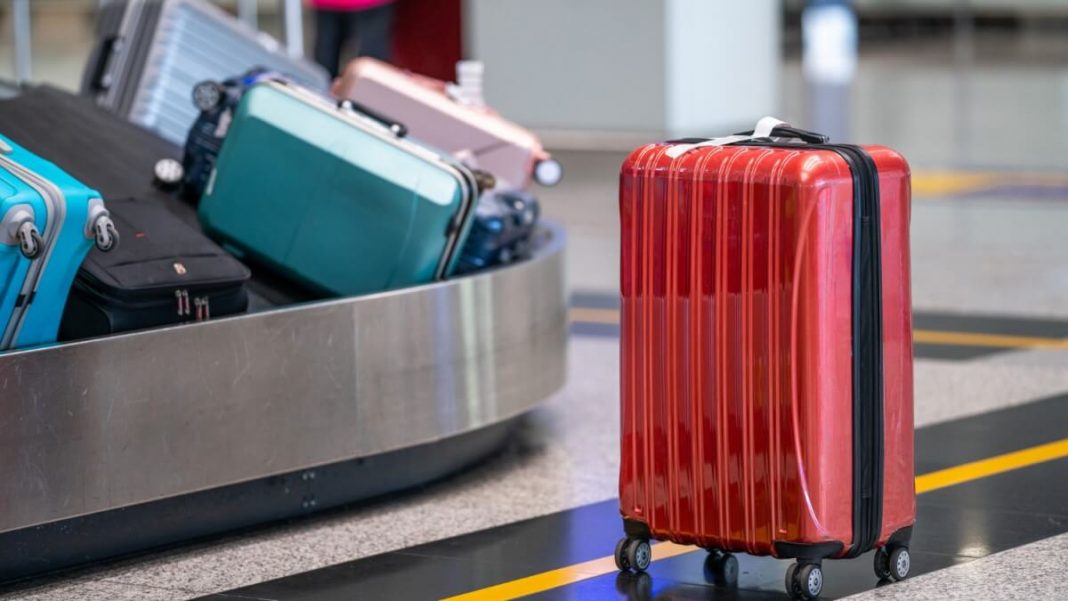The International Air Transport Association (IATA) has recently released a global progress report on implementing baggage tracking.
As part of the survey of 155 airlines and 94 airports, the IATA revealed that 44 percent of carriers have fully implemented Resolution 753— which requires tracking baggage at acceptance, loading, transfer and arrival—and 41 percent are working to meet the requirements, VisaGuide.World reports.
IATA further pointed out that the adoption of baggage tracking for airlines in different parts of the world is as follows:
- 60 percent in the Americas
- 88 percent in China and North Asia
- 40 percent in Europe and Asia-Pacific
- 27 percent in Africa
As a result, 75 percent of these airports surveyed have Resolution 753 baggage tracking capability.
Airport preparedness for Resolution 753 varies by size*: 75 percent of mega airports are capable, 85 percent of major airports, 82 percent of large airports and 61 percent of medium airports.
Barcode Scanning Ranks as Dominant Tracking Technology Implemented by 73% of Airports
According to IATA, the dominant tracking technology from a total of 73 percent of surveyed airports is optical barcode scanning. Meanwhile, tracking using RFID, which is more efficient, is implemented in 27 percent of the airports surveyed.
In this regard, RFID technology is now an advanced tracking system, which has also seen higher adoption rates in mega-airports, at 54 percent.
As explained by Monika Mejstrikova, IATA’s Director of Ground Operations, during the period from 2007 to 2022, baggage mishandling decreased by almost 60 percent. She added that 44 percent of airlines are already in full compliance with Resolution 753, and another 41 percent are in progress, travelers can have even more confidence that their bags will be in the carousel upon arrival.
Data provided by SITA shows that the global rate of mishandled bags was 7.6 per 1,000 passengers in 2022. However, most were returned within 48 hours.
Rate of Baggage Mishandling Saw an Improvement In 2017
Aviation experienced a remarkable year in 2017, with IATA reporting an increase of more than four billion passengers over the same period.
Although this increase in passenger numbers added considerable pressure to the industry’s baggage systems and processes, SITA data revealed that the mishandling rate improved by 2.8 percent in 2017, to 5.57 pieces of baggage per thousand passengers compared to 5.73 in 2016.
Based on Resolution 753, airlines must exchange baggage tracking messages with their airline partners and agents. The current baggage messaging infrastructure depends on legacy technologies that use costly Type B messages, which means that this high cost negatively impacts message quality problems, increasing baggage misuse.
